![]()
![]()
![]()
Use LEFT and RIGHT arrow keys to navigate between flashcards;
Use UP and DOWN arrow keys to flip the card;
H to show hint;
A reads text to speech;
33 Cards in this Set
- Front
- Back
|
Scientific Method |
A way to solve a problem |
|
|
Biology |
Study of living things |
|
|
Botany |
Study of plants |
|
|
Biochemistry |
Study of chemistry of organisms |
|
|
Biotechnology |
Use of microorganisms go make other products e.g. Antibiotics |
|
|
Ecology |
Study of organisms + their environment |
|
|
Genetics |
Study of inheritance |
|
|
Microbiology |
Study of fungi |
|
|
Zoology |
Study of animals |
|
|
Steps of Scientific Method |
1. Observation 2. Hypothesis 3. Experimentation 4. Collection + Interpretation of Data 5. Conclusion 6. Relate Conclusion to Existing Knowledge 7. Reporting + Publishing of Results 8. Develop Theories + Principles |
|
|
Observation |
Obtained through senses (directly) or using equipment (indirectly) e.g. Microscopes |
|
|
Hypothesis |
Educated guess based on observations |
|
|
Experimentation |
A test to see if hypothesis true or not. Results will support or contradict hypothesis. |
|
|
Collection + Interpretation of Data |
Info or data from experiment is collected, recorded + analysed |
|
|
Data |
Info, measurements + observations that are gathered |
|
|
Conclusion |
Final result explained + summarised. Explain if hypothesis is true/untrue + explain why. |
|
|
Relate Conclusion to Existing Knowledge |
Hypothesis either supported, changed or rejected |
|
|
Reporting/Publishing Results |
Results written or put into graphs so they can be seen by others e.g. In scientific journal ("Science Advances") |
|
|
Theory |
A hypothesis continually supported by many different experiments. An uncertain idea but many believe it to be true. |
|
|
Principle/Law |
A theory repeatedly tested + valid under all conditions over long period of time. |
|
|
Principles of Experimentation |
1. Variables must be planned + observed 2. Safety 3. Control designed 4. Fairness |
|
|
Variables |
Factors that can influence results |
|
|
Control |
Standard used for comparison |
|
|
Ways to Ensure Experiments are Fair |
- Large sample group - Random selection - Others must be able to replicate experiment to ensure validity - Double blind testing - Control |
|
|
Double Blind Testing |
Experiment where neither person being tested nor tester should know who is receiving placebo |
|
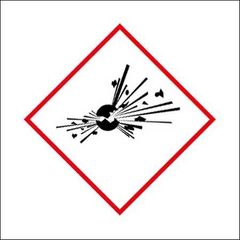
|
Explosive: May explode if ignited in air, exposed to heat, sudden shock or friction |
|
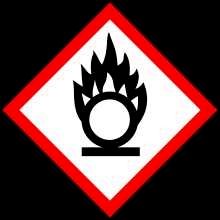
|
Oxidising: May produce much heat when react with other substances, esp. flammable |
|
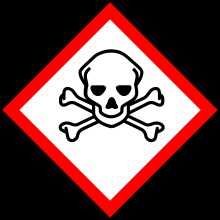
|
Toxic: Cause serious health risks or death if inhaled, swallowed or penetrated in skin |
|
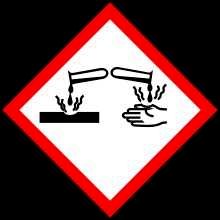
|
Corrosive: Cause chemical burns to skin + eyes |
|
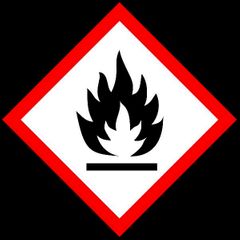
|
Flammable: Easily catch fire in lab under normal conditions |
|
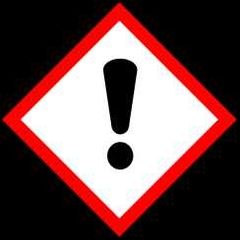
|
Harmful or Irritant: Less risk than toxic but must handle with care |
|
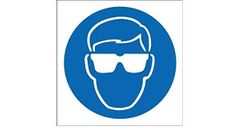
|
Safety Glasses: Eye protection must be worn |
|
|
Limitations of Scientific Method |
- Extent of Knowledge: Ability to form hypothesis + design fair experiments depends on knowledge of topic - Basis of Investigation: Poorly designed/ poorly carried out results = invalid - Interpreting Data: Results not interpreted correctly, faulty conclusions + hypothesis concluded - Changes in Natural World: Results only apply to living things at one period of time due to evolution - Accidental Discoveries: Yet valid when tested |

